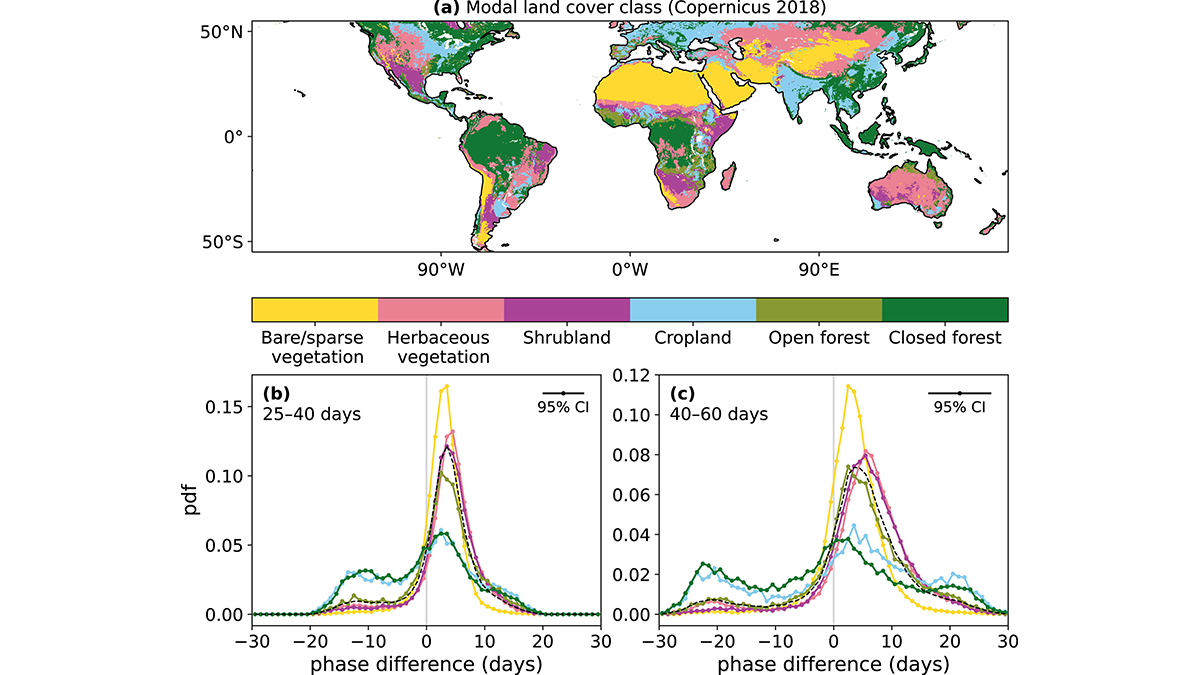Editors’ Highlights are summaries of recent papers by AGU’s journal editors.
Source: Geophysical Research Letters
One important and challenging question that needs to be addressed in forecasting is how the predictability of specific regions and variables at various time-scales will be modified due to anthropogenic climate change. Mayer and Barnes [2022] examined this question in subseasonal time-scales for the Northern Hemisphere winter using an innovative approach.
The influence of the tropics in the skill of the Northern Hemisphere winter is examined using neural networks, a technique that is able to extract nonlinear relationships between variables. By applying this standard machine learning technique to a large-ensemble climate model output, the authors connected tropical precipitation anomalies with geopotential heights at 500 hectopascals in the North Pacific and North Atlantic with 21 days lead time. Then, they determine how this relationship is modified in a warming climate.
They showed that in this climate model, the changes in skill are mainly associated with changes in seasonal variability. Furthermore, the largest differences in subseasonal predictability occur during forecasts of opportunity, such as during El Niño-Southern Oscillation (ENSO) events.
Citation: Mayer, K. J., & Barnes, E. A. (2022). Quantifying the effect of climate change on midlatitude subseasonal prediction skill provided by the tropics. Geophysical Research Letters, 49, e2022GL098663. https://doi.org/10.1029/2022GL098663
—Suzana Camargo, Editor, Geophysical Research Letters

